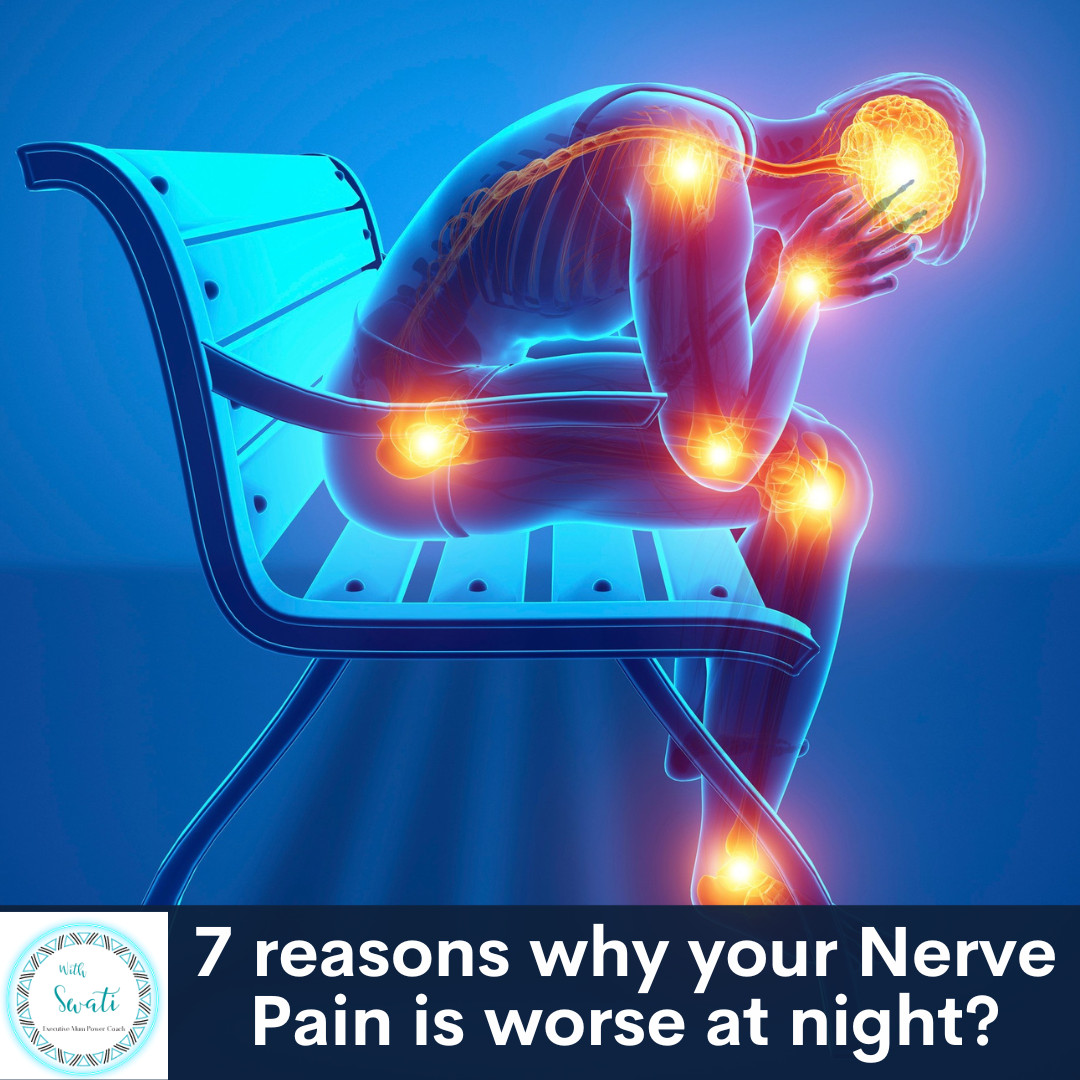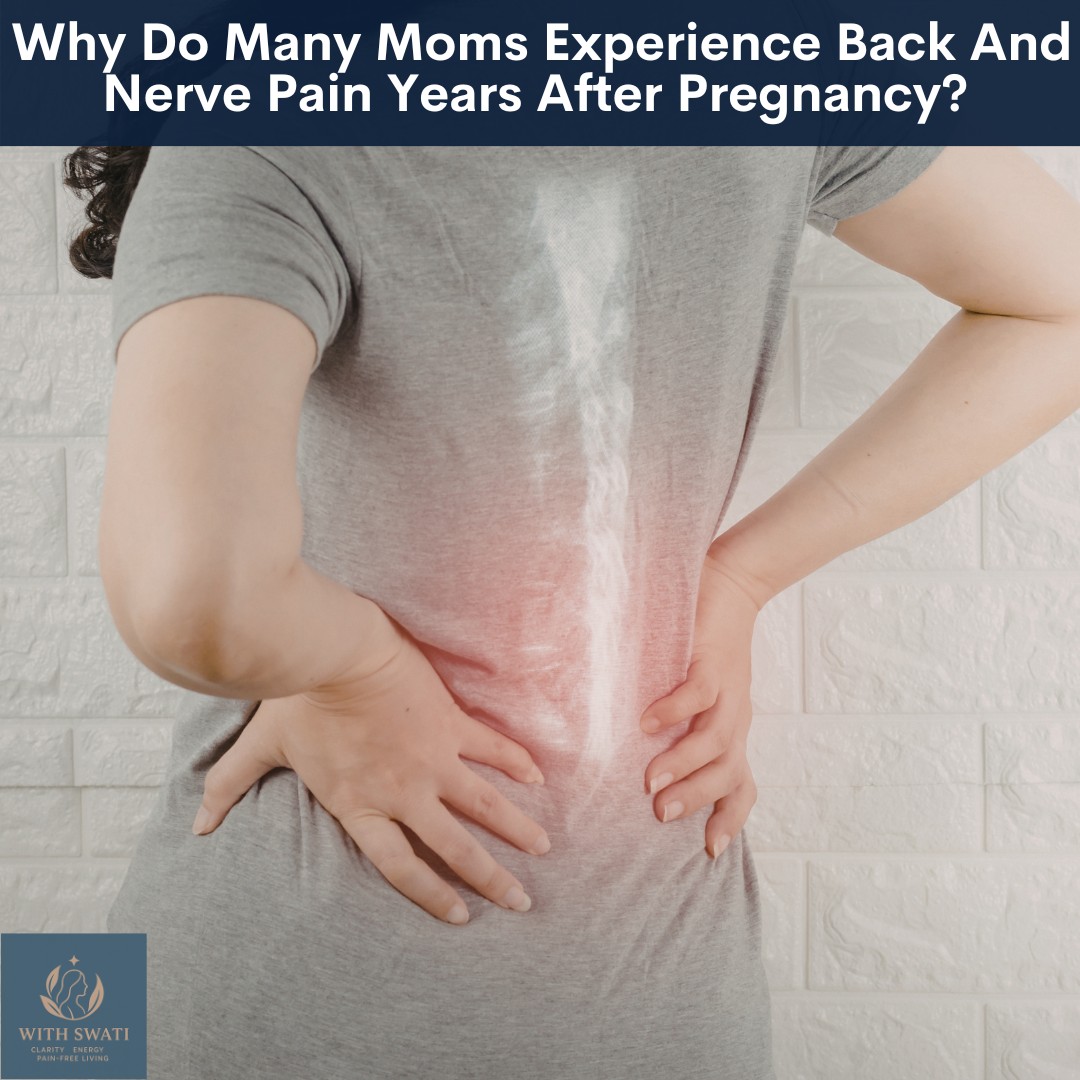
As an executive mum navigating the demands of a high-stress job while caring for a newborn, you already have enough on your plate without adding physical pain into the mix. Yet, many new mums experience postpartum sciatica - a pain that radiates down the lower back, through the hips, and sometimes even down the legs. In this blog, lets discuss why postpartum sciatica happens.
Sciatica refers to pain along the sciatic nerve, which runs from your lower back down to your feet. While sciatica is often associated with pregnancy, where the growing uterus can compress the sciatic nerve, postpartum sciatica is also common. After childbirth, various factors can trigger or worsen sciatica, making it challenging to sit, stand, or carry your baby without discomfort.
Causes of Postpartum Sciatica:
Hormonal Changes and Ligament Laxity During pregnancy: Your body releases the hormone relaxin to loosen ligaments and prepare for childbirth. However, relaxin doesn’t disappear immediately after delivery. Postpartum, your ligaments can remain loose, which destabilizes the pelvis and lower back. This instability can place pressure on the sciatic nerve, triggering pain that may linger well after giving birth.
Muscle Weakness and Imbalance: Your core and pelvic floor muscles go through significant strain during pregnancy. After delivery, these muscles are often weak, making it difficult for them to provide adequate support for your spine and pelvis. This weakness can lead to imbalanced posture, putting extra strain on your lower back and potentially pinching the sciatic nerve.
Postural Strain from Motherhood: Duties Lifting, bending, and carrying your newborn often require awkward positions that strain your back and pelvis. Common actions like breastfeeding in a hunched position, bending over the crib, or carrying the baby on one hip can contribute to misalignment and compression of the sciatic nerve, worsening sciatica symptoms.
C-Section Recovery: If you had a cesarean delivery, you might be compensating for abdominal pain by changing the way you sit, stand, or walk. This compensation can create muscle imbalances and put strain on your lower back, exacerbating sciatica pain.
HERE is a checklist on Quick Office Stretches for Nerve Pain Relief. It helps you to identify which nerve is causing your pain and then gives you specific exercises for that nerve and the muscles that need to be addressed. These are easy exercises that can be done while you are sitting at your desk.
If you like this blog and want to be notified about new blogs as soon as they are published, subscribe to my mailing list below.
I would love to see you around the internet! For other places you can explore more about me: https://withswati.com/page/link
















0 Comments